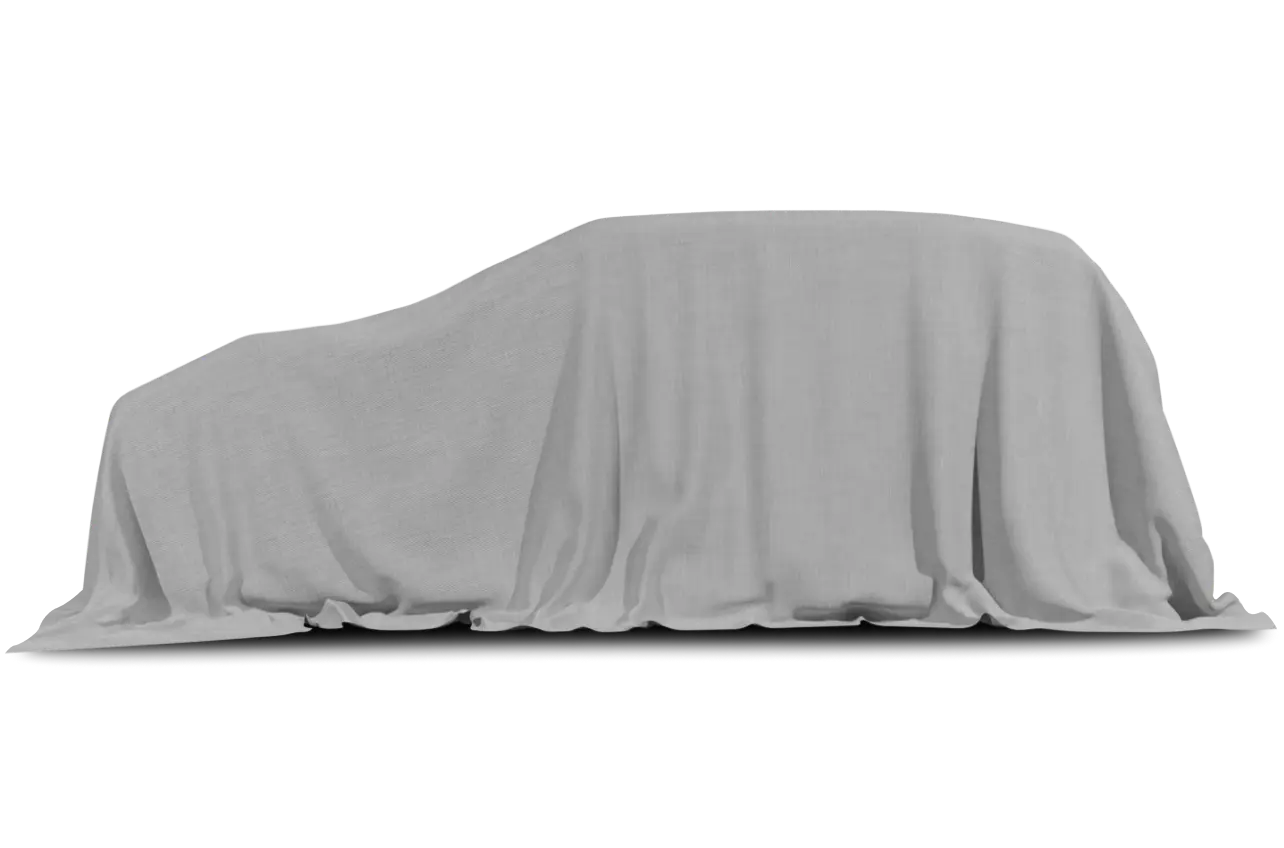
The Lincoln Town Car is a survivor.
Now that Cadillac has thrown the last spade of dirt on its rear-drive Brougham, Lincoln-Mercury’s 1997 Town Car is the last of the big, rear-drive luxury American sedans. It now is the largest American-built production four-door, being surpassed in size only by stretch limousines.
The ’97 Town Car, as with its predecessors, is a story of evolution, not revolution. It takes a practiced eye to distinguish prior models from the present one. Changes have been more mechanical, and in comfort and convenience, than in appearance.
The ’97 Town Car continues to be an elegant and majestic motor vehicle, a fitting representative of Lincoln’s slogan, “What a luxury car should be.”
In a time when unibody (the body is the chassis) construction is being embraced by American auto manufacturers with almost religious fervor, the Town Car retains the time-tested chassis design of body on frame.
This construction principle promotes quiet operation and fewer vibrations from uneven road surfaces.
The Town Car offers that so-called boulevard ride even on lousy pavement. Slower-rate front coil springs and nitrogen gas-pressured hydraulic shocks front and rear let the suspension system slide over bumps and ridges in the road.
The rear suspension is a four-bar link system that employs self-leveling air springs on the rear axle. It all lets the suspension absorb vibration rather than transferring it to the passenger compartment.
For the handling purists who think everything should be able to take a corner in a four-wheel drift, there is a ride control package. It won’t make the car a road racer, but it does firm up the ride a bit.
The sedan has a touch of majestic size about it, courtesy of 117.4 inches of wheelbase and 218.9 inches of overall length. This length is matched only by the Rolls-Royce Park Ward Touring Limousine, providing you want to consider that model as a production automobile.
The wheelbase length is topped only by select models of Rolls, Bentley and BMW.
There are three series designations for the Town Car – the Executive, Signature, and top-of-the-line Cartier. The trim levels are the main differences, although Lincoln’s single overhead cam 4.6-liter V-8 has two different power applications for individual models.
The standard engine produces 190-horsepower, while the 4.6 that is in the Cartier model puts out 210-horsepower via a dual exhaust system.
Exterior model designations for the Executive and Signature sedans have been relocated from the rear-quarter windows to the front fenders. They include new, distinctive graphics for a more prominent appearance.
The high-line Cartier nomenclature is retained on the rear quarter window.
As a full-size six-seater, the Town Car’s size obviously gives license to a comfortable mode of transportation. Driver and passengers are isolated from the outside world, and served by electronic genies.
Actually there’s not a whole lot more to do than steer. I f you have a need, there is a button or switch for it. A full range of power accessories operate an equally full range of controls and information readouts.
There is, of course, no manual transmission. Silken smooth shifts come from an electronically controlled four-speed automatic. And while hammer down acceleration with two tons of automobile is not going to set any drag-racing records, the car gets up and goes.
As a luxury sedan, the ’97 Town Car has some luxury prices that range from $37,280 for the Executive model to $43,200 for the Cartier. Add to that $670 for freight, and you’re driving the last of the big ones.





